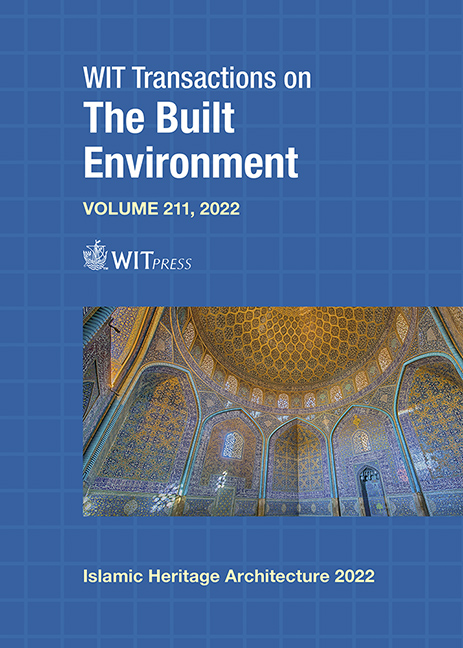WIDESPREAD RUINS BETWEEN NATURE AND CITY: NARRATIVE STRATEGIES FOR THE ARCHAEOLOGICAL SITE OF MIRÒBRIGA, PORTUGAL
Price
Free (open access)
Transaction
Volume
211
Pages
11
Page Range
17 - 27
Published
2022
Paper DOI
10.2495/IHA220021
Copyright
Author(s)
CHIARA BARONE
Abstract
The possibility of relating the large archaeological parks to the consolidated urban context has long been at the centre of European debate, through design project experiments, which investigate a possible continuity between public and archaeological space. The great archaeological cities are configured as centralities around which the urban transformation triggers an operation of hybridization of the ruins, which contained within the flows of the city life, can change synchronously to the rhythm of the contemporary city. The history of the Mediterranean is not, however, told only through these great archaeological realities; in Portugal, Spain and Italy there is a high presence of minor archaeological emergencies, widespread in the territory and often abandoned, unexplored and unrelated to the dynamics of the city. The design research for the archaeological area of Miròbriga, a city located on the south-west of the “Roman Portugal”, is an interesting case study, in which the specificity of the Portuguese landscapes allows to rethink the relationship between ruin, nature and city and, therefore, to introduce new possible architectural intersections between widespread archaeology, invisible landscapes and inclusive urban spaces. Landscape, urban setting, and archaeological elements are held together by the architectural project, which is able to give rise to a network of smaller archaeological sites, making archaeology the active subject of the city’s mutations. Archaeological remains become the centre of a widespread museum, in which space, time, body, movement, memory and emotion constitute the multiple levels of a stratified narration of the city, an open-air theatre in which the ruins are intended as the main narrative and architectural devices.
Keywords
widespread ruins, archaeology, design, open-air museum, narrative paths, unveiled strategies, architectural grafts, nature, urban space, Miròbriga




